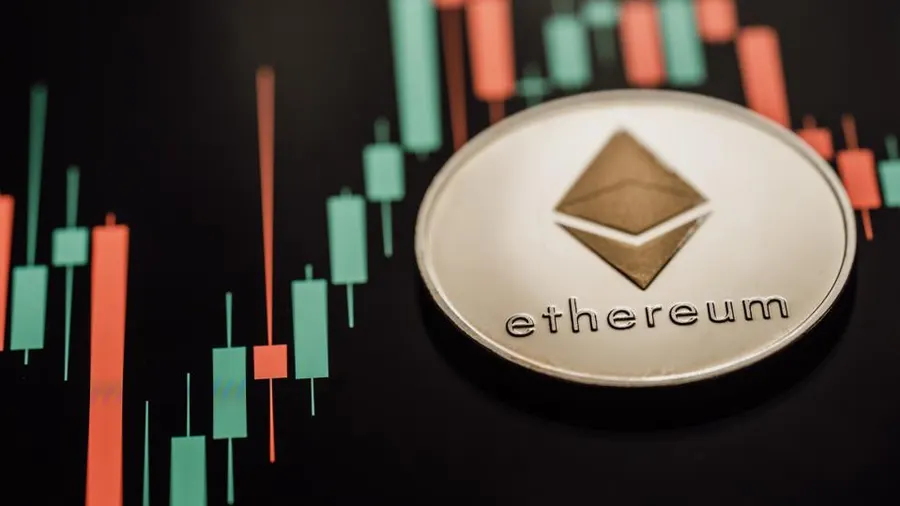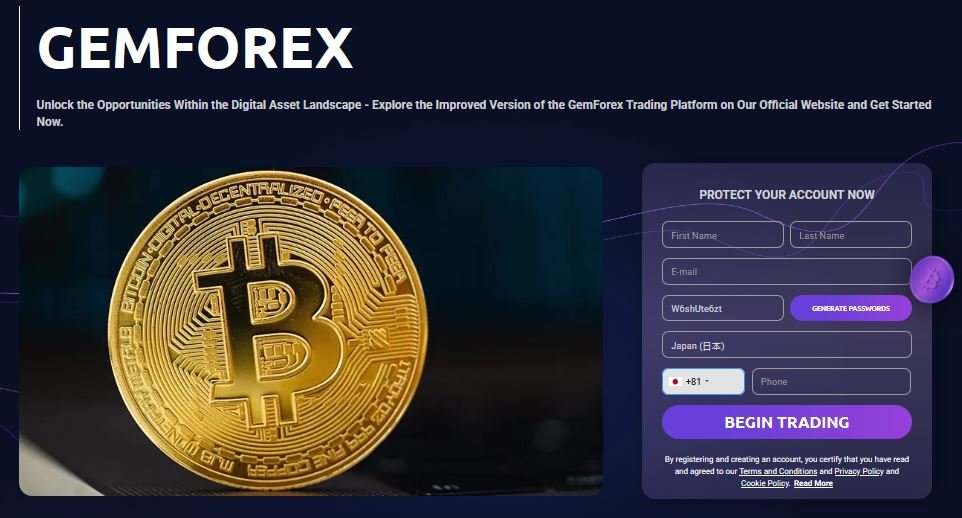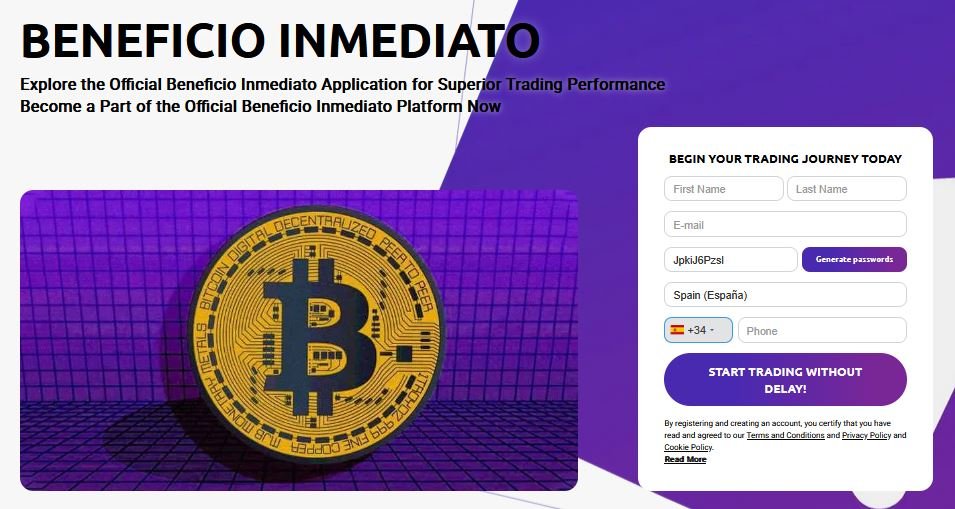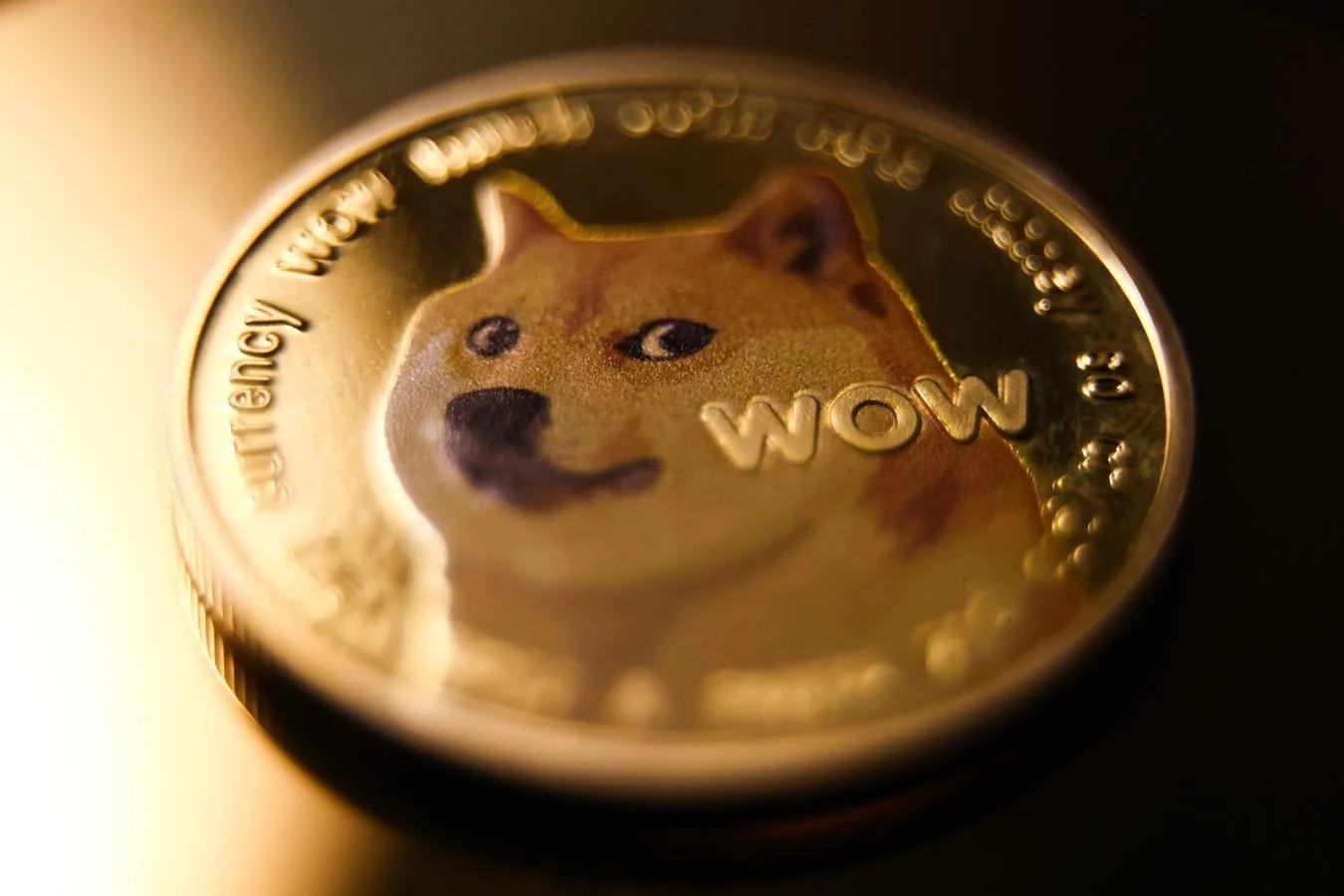Ethereum (ETH): Past, Present, and Future

So you’ve heard about Bitcoin. Digital gold. Great for holding. Boring when it comes to doing anything else.
That’s where Ethereum strolls in. Think of it like Bitcoin’s younger cousin who turned up at the family BBQ with crazy ideas, a laptop full of code, and a plan to change how the internet works.
Ethereum is not just money. It’s a computer you can rent that lives across thousands of machines worldwide. It runs apps, handles contracts, and never takes a holiday.
The Past of Ethereum
Back in 2015, a group of developers led by Vitalik Buterin launched Ethereum. The idea was bold. What if blockchain could run more than just transactions? What if you could program it like Lego blocks for money?
Out of this came smart contracts. Self-running agreements written into code. Like having a robot lawyer that works for peanuts.
Ethereum then became the birthplace of things we now take for granted:
- Decentralised Finance (DeFi): banks without banks
- NFTs: digital art you can flex on Twitter
- DAOs: internet clubs with a treasury
The early days were wild. Everyone was testing limits. Some projects worked. Others blew up like a cheap firework. But the foundation was set.
The Present State of Ethereum
Fast forward to now. Ethereum is the second-largest crypto by market cap. It is the backbone for thousands of apps.
But let’s be real. It is not perfect. Slow transactions and high fees made people cry into their keyboards. Enter Layer 2 scaling solutions like Arbitrum, Optimism, and zkSync. These are like express lanes on the blockchain highway.
Another huge shift happened in 2022. Ethereum moved from Proof of Work to Proof of Stake. They called it The Merge. Instead of miners burning energy to secure the network, now validators stake ETH. It cut energy use by more than 99 percent. Big win for the planet.
Today, Ethereum is still king for developers. Most NFT projects and DeFi apps still choose Ethereum or its sidechains. It is like the App Store of crypto. And yes, the fees still make people complain, but the ecosystem is too strong to ignore.
The Future of Ethereum
This is the juicy part. Where is Ethereum going? The roadmap is ambitious. Vitalik even gave the upgrades funny names:
- The Surge: scaling to thousands of transactions per second
- The Verge: making the network more efficient with fancy maths called Verkle trees
- The Purge: cleaning up old data so your laptop doesn’t melt
- The Splurge: all the extra goodies after the main work is done
Ethereum wants to become faster, cheaper, and easier to run. Imagine sending money anywhere for pennies. Imagine trading assets instantly without middlemen. Imagine your game items, your art, your tickets, your ID, all living on Ethereum in a way you control. That is the future they are building.
But let’s be real again. It will not happen overnight. Upgrades take years. Competition from other blockchains is fierce. Some people already prefer Solana, Avalanche, or new players in the space.
Still, Ethereum has a first-mover advantage and the biggest community of developers. It is like trying to beat Google in search. Tough.
So, Where Does This Leave You?
Ethereum is past the hype stage. It is not just “internet magic money” anymore. It is infrastructure. Like roads and electricity for digital assets.
If you’re curious, the best way to understand it is not by reading whitepapers but by using it. Send a small amount of ETH. Try a DeFi app. Mint an NFT. Feel the process. It will click faster than any guide.
Ethereum is here to stay. The question is not if it survives. The question is how big it becomes.
Ethereum, in the past, was about proving it works. Ethereum in the present is about fixing the rough edges.
Ethereum in the future is about scaling to billions of users.









